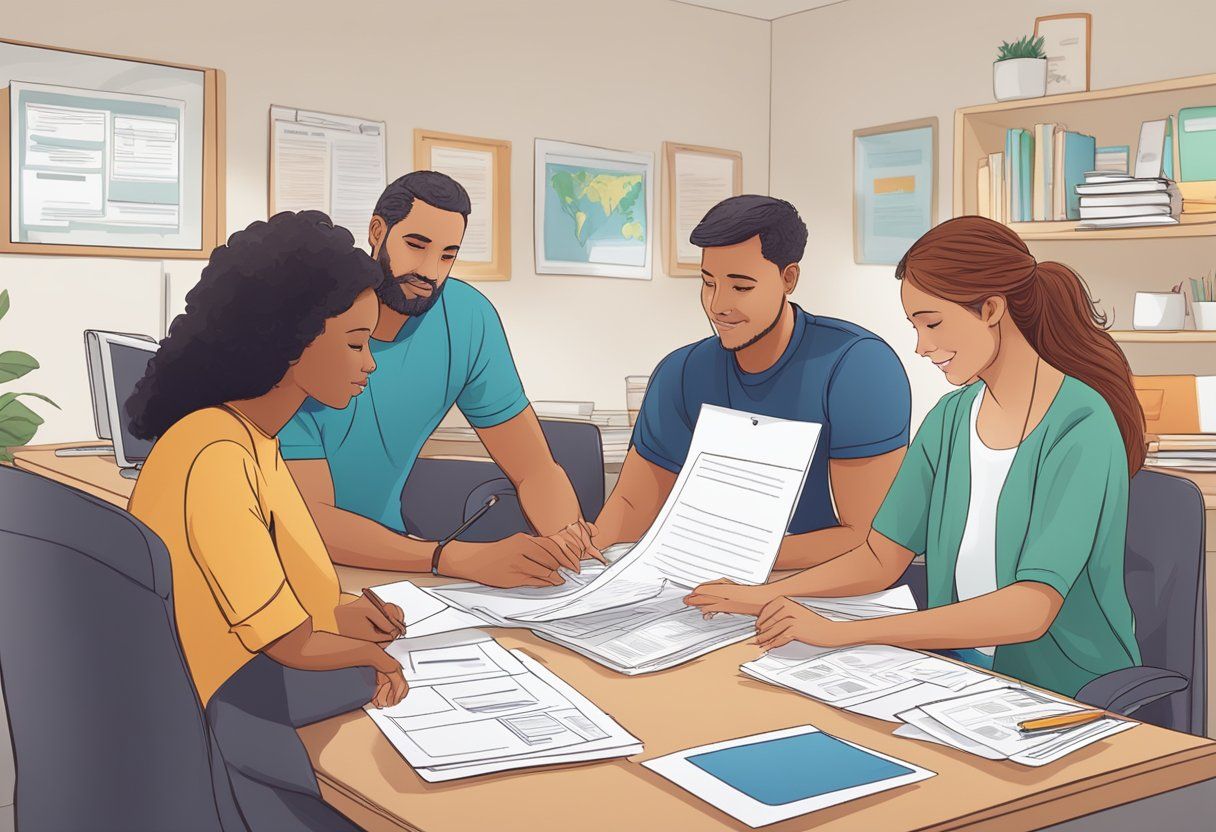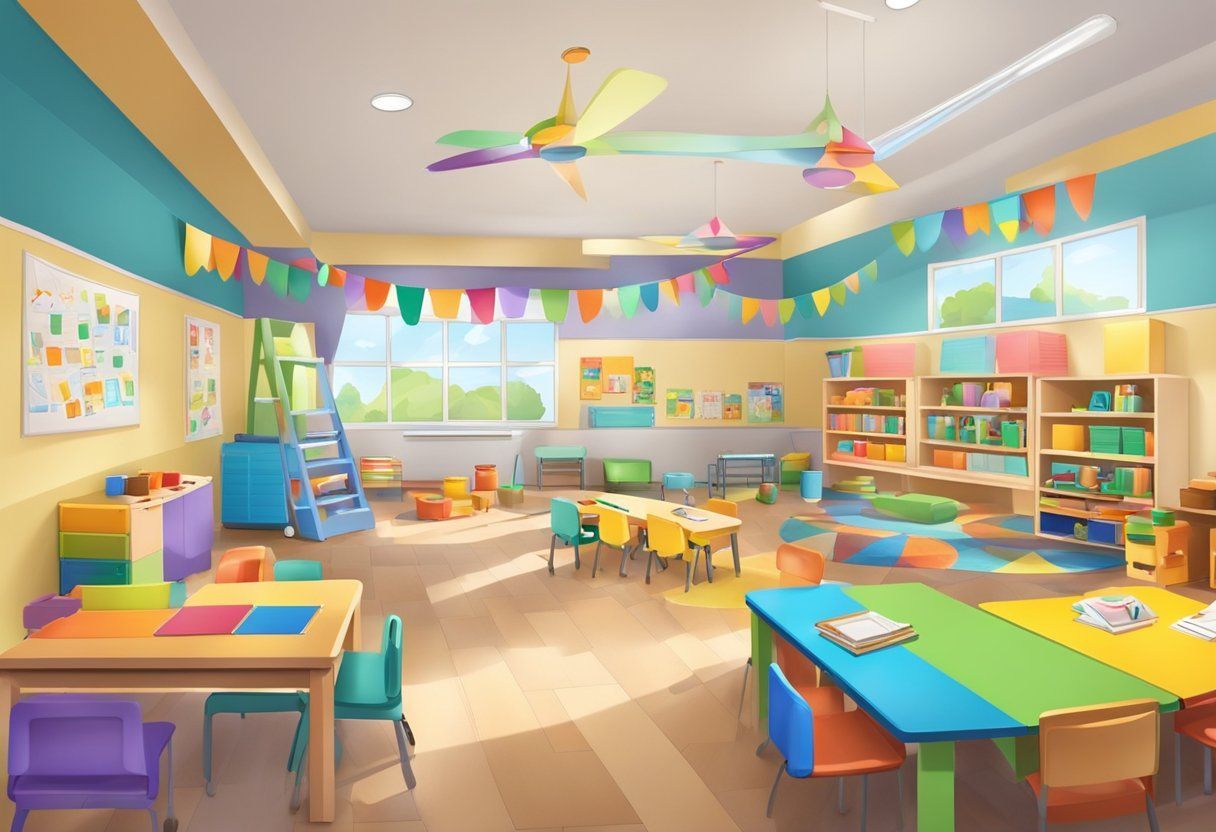BLOG
Categories
How to Apply for the Adoption Assistance Program: A Heart-Centered Guide
Reclaiming the Spirit of Support Through Love-Based Parenting
Let’s begin with something true and unshakable: adoption is never just about placing a child in a home. It’s about creating sacred ground — a space where healing, safety, and love are not just possible, but expected. And healing, real healing, takes time, presence, and yes, support. That’s where adoption assistance becomes not just practical, but personal.
These programs aren’t handouts. They’re healing bridges — pathways that help families move from just surviving to genuinely thriving. They are rooted in the understanding that when we love children who carry trauma, we’re not just parenting — we’re partnering in their transformation.
Every state offers adoption assistance, but like everything in the adoption journey, it isn’t one-size-fits-all. Federally, Title IV-E sets the framework, particularly for children whose early experiences include trauma, loss, or disruption. At the state level, additional supports step in to make sure no family walks this path alone.
Here’s what adoption assistance really means: It’s daily validation. It’s financial, yes — covering essentials like medical care and therapy — but it’s more than that. It’s a recognition. A statement that says: “We see you. We honor the work you’re doing.” Because raising a child with a trauma history doesn’t happen in a vacuum — it happens in relationship. And relationships need nurturing.
Why This Matters Deeply in Oklahoma
In Oklahoma, your starting point is Oklahoma Human Services. They’re not just policy-makers. Think of them as partners. They assess eligibility, sure, but they also walk beside you — offering guidance, insight, and support long after the ink dries on the adoption decree. Because adoption isn’t the finish line. It’s the beginning of a healing journey.
And healing? It doesn’t happen in isolation. It happens in connection. It happens when families are given what they need to stay regulated, present, and connected. That’s the essence of love-based parenting — and it’s what these programs were made to support.
Eligibility and Requirements: A Deeper Look at What Makes Support Possible
Let’s slow down and breathe into this — because understanding the eligibility for adoption assistance isn’t just about checking boxes on a form. It’s about acknowledging the real-life stories behind those forms — the histories of hurt, the dreams of healing, and the families ready to step into that sacred work.
Who Qualifies for Adoption Assistance?
Adoption assistance exists to help remove barriers for families saying yes to children with unique and often complex needs. But not every child is eligible. The core criteria revolve around one key truth: this child has walked a road that requires more than just love — it requires intentional support.
Here’s what matters most:
- Title IV-E Eligibility – This federal program is designed to support children who have been in foster care and meet specific criteria. It’s not just funding — it’s a recognition that these children need a stable, regulated environment to heal and grow.
- Special Needs Designation – Every state defines “special needs” differently, but common threads include age, racial or ethnic background, medical or emotional challenges, and being part of a sibling group. These are the children who are often overlooked — and the ones who need connection the most.
- State-Specific Guidelines – Each state overlays its own framework on top of the federal rules. Some are more generous, others more complex. Either way, the goal remains the same: support the healing of children and families.
One more thing — if you have a history that includes a felony conviction, especially related to violence or harm to children, that can be disqualifying. It’s important to know this up front, not to create shame, but to bring clarity.
Understanding “Special Needs” Through a Healing Lens
This term, “special needs,” isn’t about labeling. It’s about understanding. It’s about seeing a child not as broken, but as needing something different — something more. And that’s okay. That’s human.
To determine this status, agencies will look at:
- Diagnosed physical or emotional conditions
- Cultural or racial identifiers that have historically affected placement
- Whether the child needs to remain with siblings
You’ll need documentation — yes, paperwork — but more importantly, you’ll need a heart that’s ready to hold space for the child’s whole story.
The Role of Custody and Foster Care
Most adoption assistance flows from one critical factor: the child’s connection to the foster care system. If the child was in the custody of a public child welfare agency, especially under foster care, there’s usually a more direct path to support under Title IV-E.
Private adoptions are different. They carry more nuance, more paperwork, and sometimes more roadblocks. But not impossibility. Just a different route to the same destination — stability, safety, and love.
And remember this: no matter the pathway, you are not alone. This isn’t about proving your worthiness as a parent. It’s about preparing the ground for healing to take root. And when we’re walking that kind of path — we all need support.
The Adoption Assistance Application Process: A Compassionate Roadmap
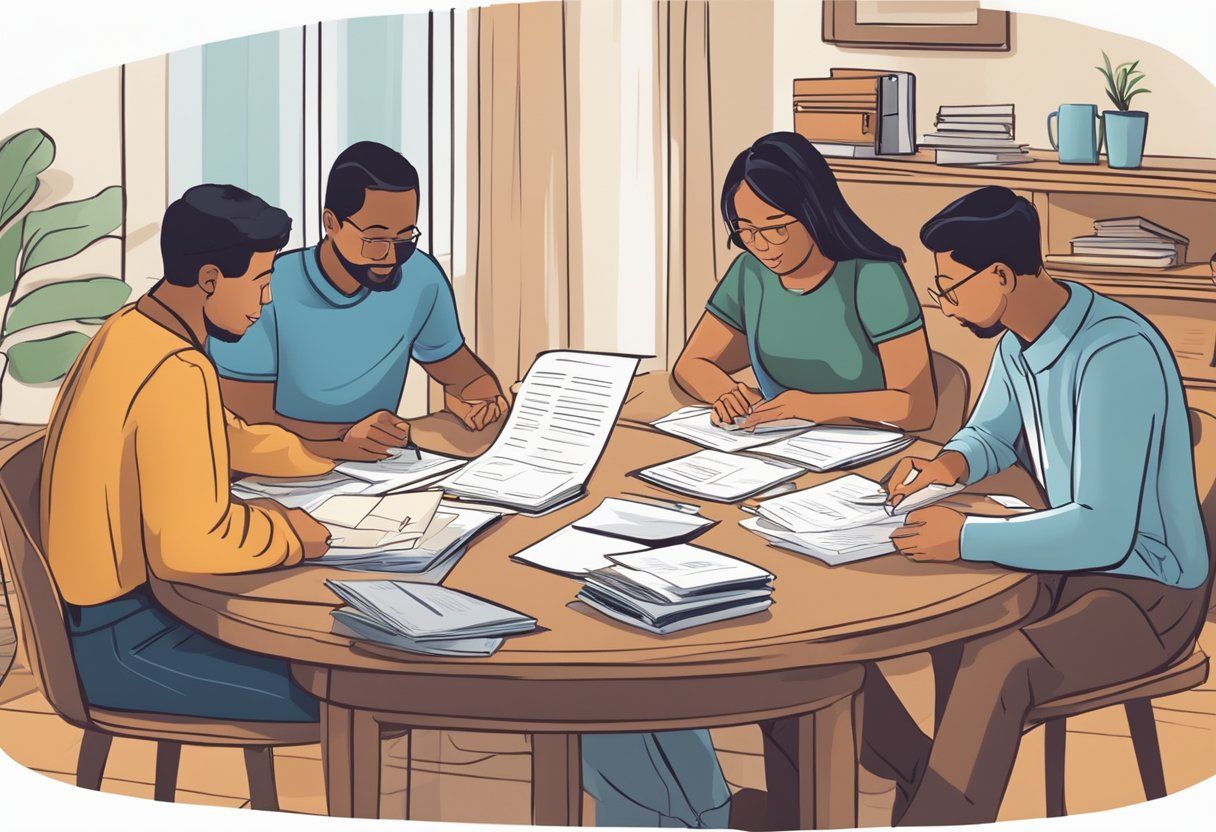
How to Start the Journey: A Step-by-Step Approach
Get Grounded in Knowledge
Start with understanding. Every state, including Oklahoma, brings its own nuance. Before anything else, get familiar with your state’s criteria. Knowledge isn’t just power — it’s peace of mind.
Gather Your Documents
Paperwork may not seem profound, but it plays a vital role. Pull together income records, proof of custody or guardianship, any medical or psychological assessments — anything that tells the story of your family and the child you’re embracing.
Connect with Your People
Reach out to your local Department of Human Services. Don’t think of them as gatekeepers — think of them as your allies. Their job is to help guide you through this. Let them.
And don’t stop there. Consider linking arms with Wraparound Services — a powerful, family-centered support system designed to surround your child and family with care across every domain: emotional, educational, behavioral, and relational. This isn’t just about managing needs — it’s about meeting them in ways that build regulation, trust, and deep connection.
Completing Form 04AN002E: Do It With Care
This form is your official application for assistance — and it matters. Not just because it opens the door to support, but because it says: “We are ready to hold this child’s story, and we want to do it well.”
- Be Thorough — Fill out every section with care. Include your information, the child’s, and all relevant details. This is about creating a full, honest picture.
- Attach the Essentials — Financial statements, adoption paperwork, medical records — include anything that supports your case.
- Mind the Timeline — Submit your application promptly. Delays can create unnecessary stress, and we’re trying to move
away from stress, not toward it.
Understanding the Oklahoma Administrative Code
This part might feel the most intimidating — the legal language, the regulations. But here’s the truth: these rules exist to create consistency and fairness. Understanding them just means you’re staying ahead of potential issues.
- Read and Reflect — Take time to review the policies that govern the program in Oklahoma. Knowing the framework gives you stability.
- Follow Through with Integrity — Ensure every part of your process aligns with the Code. It’s not about perfection — it’s about being intentional.
- Ask for Help When Needed — You’re not expected to do this alone. Social workers, legal advocates, Wraparound Services, and adoption professionals exist to walk this road with you.
Because remember: this isn’t just about receiving support. It’s about creating a foundation strong enough to carry love, regulation, and healing — not just today, but for all the days to come.
Financial and Medical Support: Foundations for Healing, Tools for Thriving
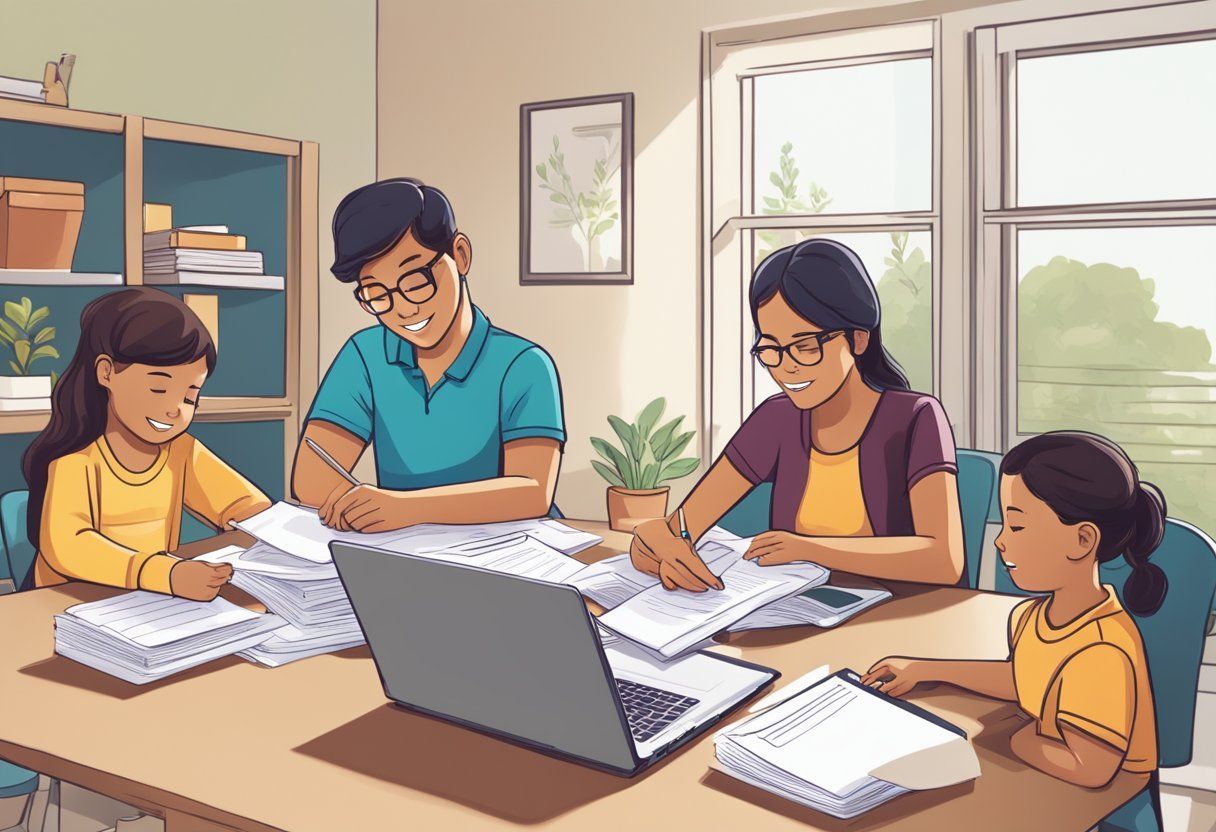
Let’s talk about what support really means. Adoption isn’t a transaction — it’s a transformational journey. But transformation takes resources. It takes the kind of consistent, regulated presence that allows healing to happen. And that’s exactly what adoption assistance is meant to support.
What These Benefits Really Offer
These programs are more than just checks and coverage. They’re lifelines. They help adoptive families move from fear of “How are we going to make this work?” to the grounded confidence of “We’ve got what we need to stay present.”
Here’s what that support can look like:
- Monthly Financial Support
These monthly payments help offset the real, everyday costs of raising a child — from groceries to school clothes to electric bills. It’s not a luxury — it’s a recognition that healing environments need stability. - A Tailored Agreement
Every adoption assistance agreement is built around the specific needs of your child and the resources available in your state. It’s not one-size-fits-all — it’s personalized support designed to create regulation and safety. - Important Note
You must have an official agreement in place with your state. That agreement lays the foundation for what you’ll receive — and it becomes your guidepost as your family grows.
Access to Medicaid: Care That Connects
For many families, one of the most vital supports is Medicaid. This isn’t just medical insurance — this is about access to the care your child needs to heal.
- Medical and Dental Coverage
From routine checkups to specialized treatments, Medicaid covers a wide range of services. - Extra Help for Special Needs
If your child has physical or emotional challenges, Medicaid may also include coverage for therapy, medical equipment, or in-home support.
And just like everything else — check the rules in your state. Make sure the paperwork is complete and up-to-date. That simple step can open the door to care that changes lives.
Child Care and One-Time Costs: Filling the Gaps
Adoption support doesn’t stop with monthly payments and medical care. Some states also offer help with:
- Child Care Assistance
For working parents, this can be a game-changer — creating time, space, and peace of mind. - Non-Recurring Expenses
These are the one-time costs that pop up during the adoption process: court fees, travel, legal filings. They’re necessary — but they don’t need to derail your financial well-being.
When these supports are in place, families can focus less on survival and more on connection. And connection — that sacred, regulated, loving relationship — is where all healing begins.
Post-Adoption Resources and Support: Anchoring Families in Love
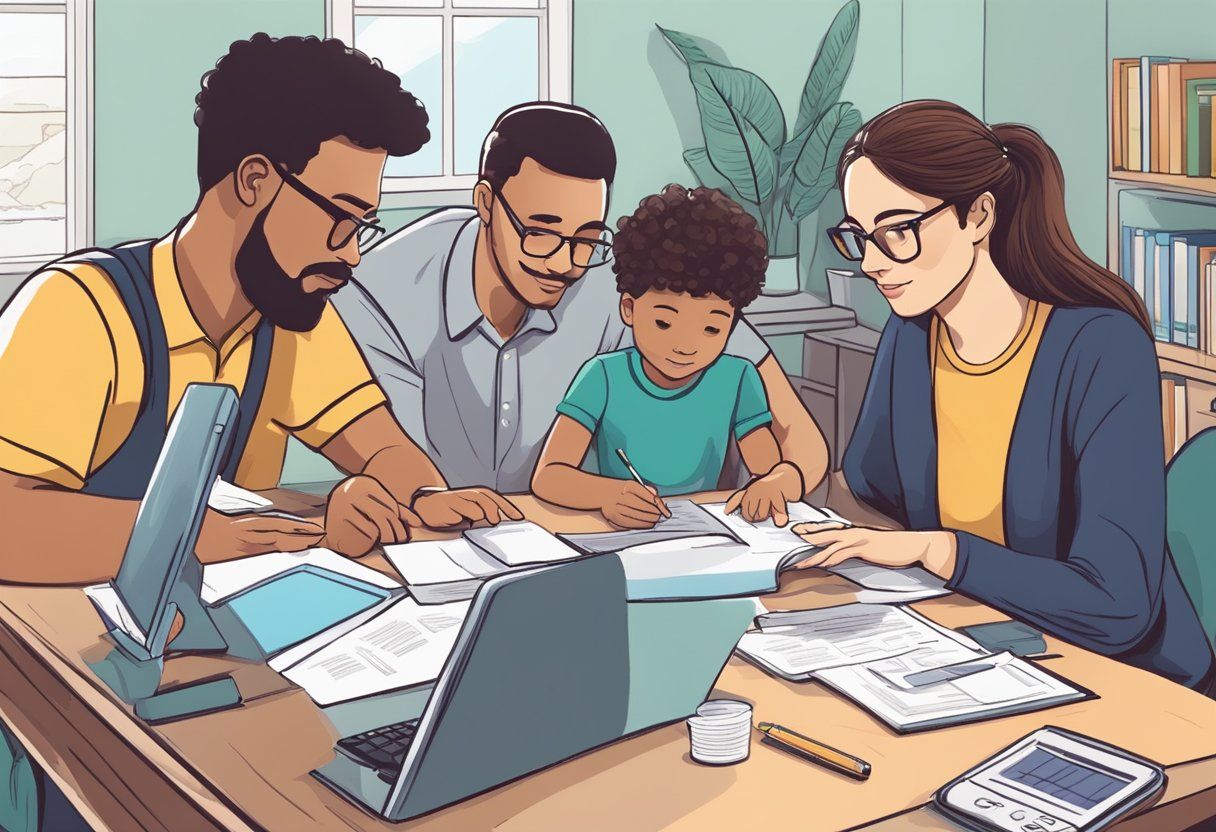
Adoption is not the end of a journey — it’s the beginning of a profound relationship. And just like any relationship rooted in love and healing, it needs ongoing support, connection, and care. That’s what post-adoption services are all about: walking with you, not just through the paperwork, but through the daily realities of raising a child who carries a story.
What Support Looks Like After Adoption
Once your adoption is finalized, your family doesn’t step into silence. You step into a community — a network of services built to help you stay regulated, resourced, and ready to meet the needs of your child.
Here’s what that support can include:
- Therapeutic Services
Counseling, trauma-informed therapy, and family coaching can help process the ongoing journey of attachment and adjustment. - Support Groups and Workshops
Sometimes what we need most is to be seen and understood. These spaces offer that — a place to share, listen, and grow together with others on the same path. - Financial Assistance and Medicaid
Support doesn’t always stop at the adoption decree. Ongoing financial aid and access to medical services through Medicaid help ensure stability, not just for your child — but for your whole family system.
Extended Assistance for Growing Needs
Some children and families need help that stretches beyond the typical timelines. That’s okay. Healing doesn’t run on a schedule.
- Adoption Assistance Extensions
In special circumstances, financial and medical support can continue past age 18, recognizing that the effects of early trauma don’t always disappear with age. - Guardianship Assistance Programs
For families caring for children under legal guardianship rather than formal adoption, similar supports are available. The goal remains the same: sustained connection and ongoing regulation.
Because stability isn’t just about the roof over your head. It’s about knowing you don’t have to walk this road alone.
Support for Waiting Children and Adoptive Placement
And we cannot forget those still waiting.
Waiting children — children who haven’t yet found their forever families — are often the most vulnerable. These are the kids who need love the most and trust the least. That’s not a fault — that’s the imprint of fear. And there are systems in place to support them too.
- Resource Matching and Family Support
Agencies work to not just place a child, but to prepare the child and the family for what comes next. This support matters — because what we’re really preparing for isn’t placement. It’s relationship.
The more we lean into these supports, the more we shift from surviving to thriving. Because love doesn’t just show up — it stays. And healing doesn’t happen in isolation — it happens in community.
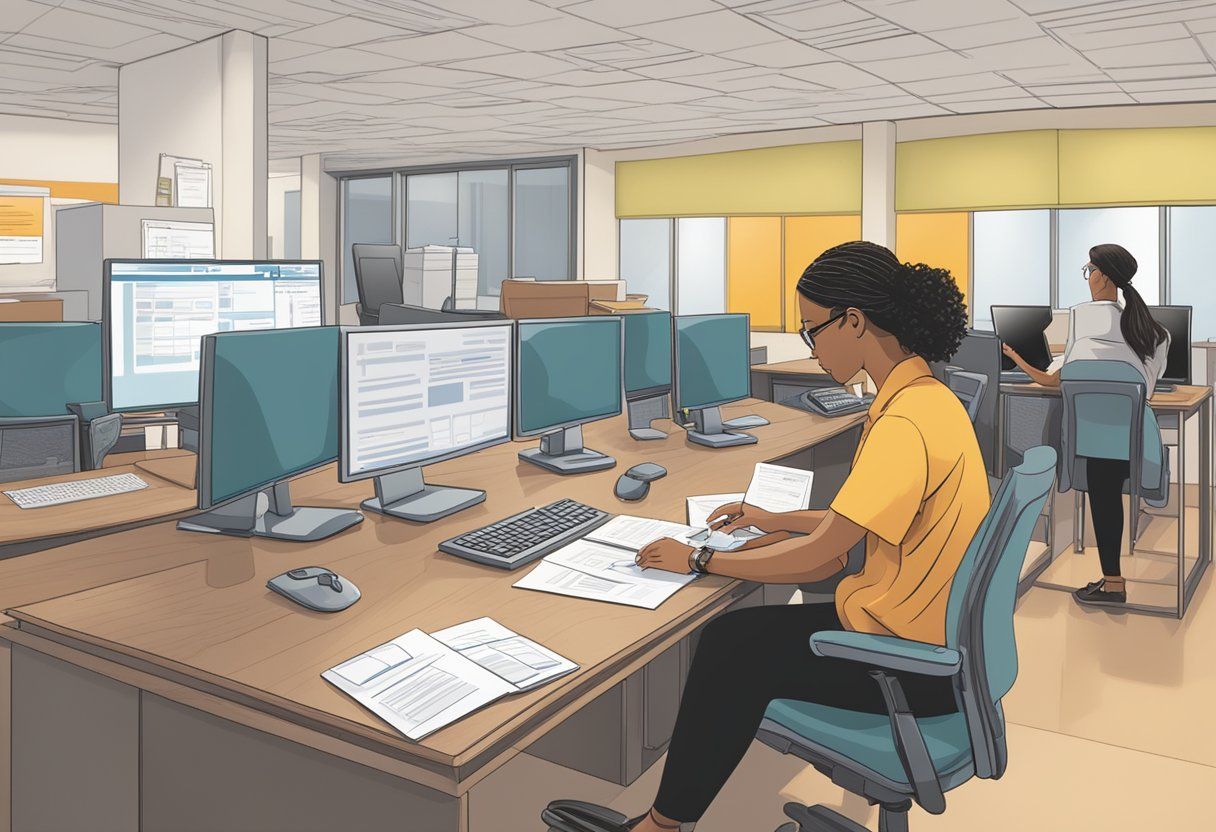
Frequently Asked Questions
What steps are involved in applying for the Adoption Assistance Program in various states?
To apply, check the specific requirements in your state. Generally, you must complete a request form, determine eligibility, and finalize an agreement before adopting the child.
What factors determine the amount of adoption assistance payments?
The amount often depends on the child's needs and the adoptive family's circumstances. Each state has its own guidelines and criteria to decide payment levels.
How can I contact the Adoption Assistance Program for inquiries?
You can reach out to your local or state adoption agency. They will provide the necessary contact information for your specific area. Websites of these agencies often have phone numbers and email addresses available.
Are there age limits for children eligible for the Adoption Assistance Program benefits?
Eligibility often includes specific age requirements. Children must usually be under a certain age to receive benefits. Check with your state agency for precise age limits.
What is the process for applying for the Guardianship Assistance Program?
To apply for this program, complete a guardianship agreement and eligibility assessment. The process is akin to adoption assistance, but focused on guardianship settings.
Reach out to your state's human services department for details.
What are the eligibility requirements for receiving Title IV-E adoption assistance?
Eligibility for Title IV-E typically requires the child to meet certain adoption criteria, such as being a "special needs" child or having been in foster care.
Contact your state adoption office for detailed requirements.
RECENT POSTS
Bringing and keeping families together!





